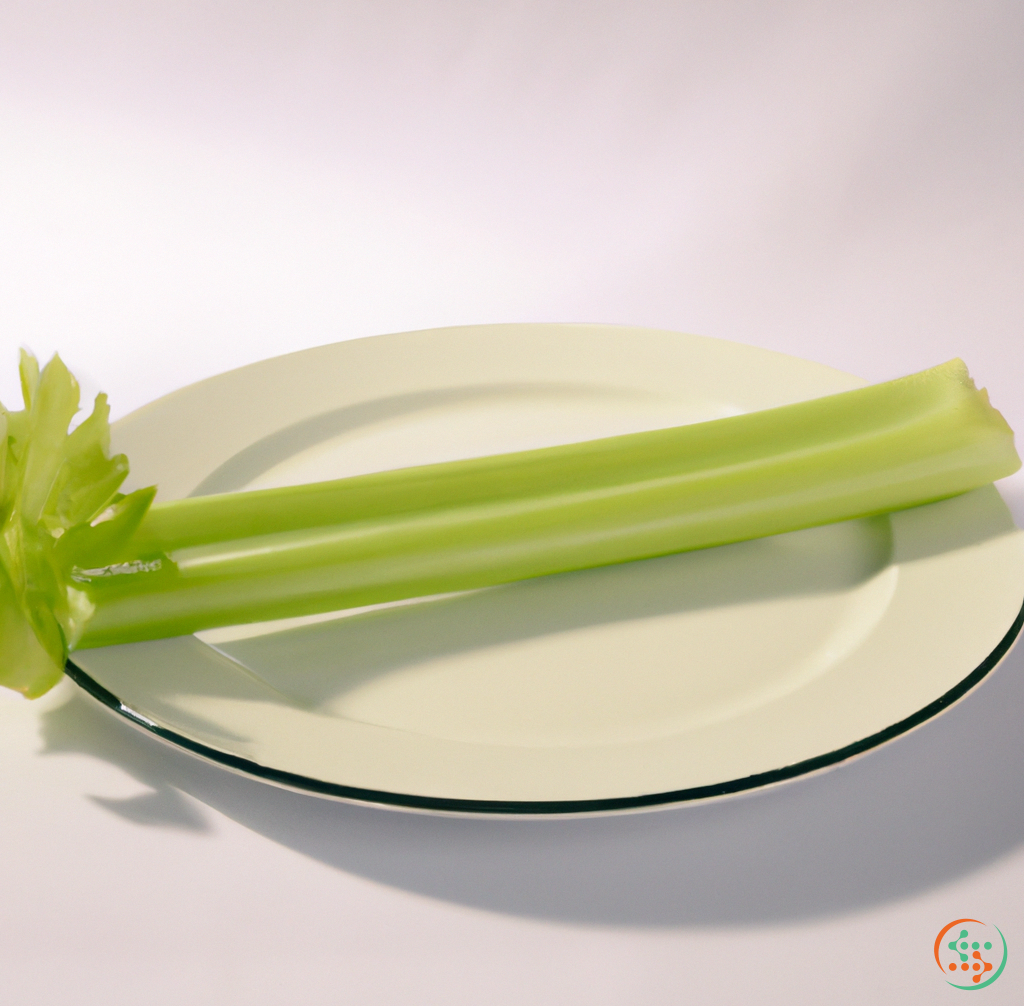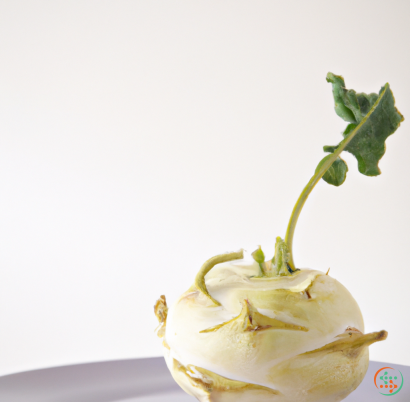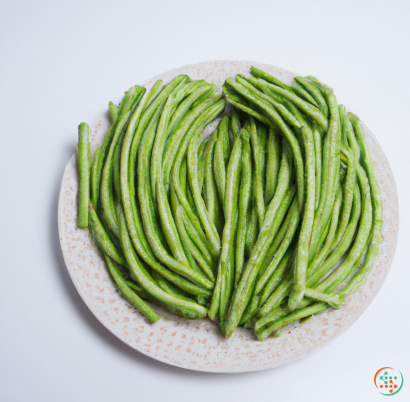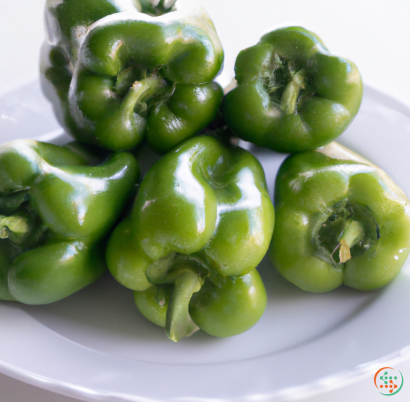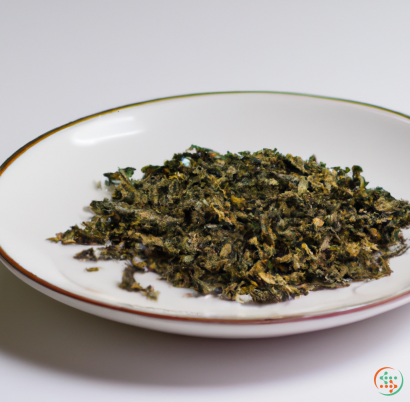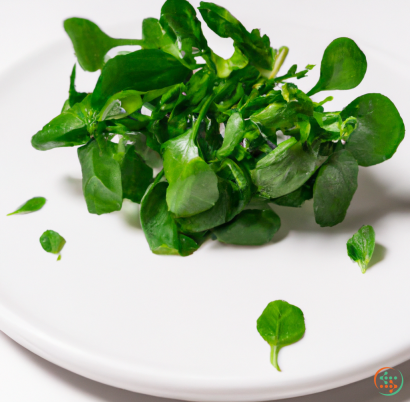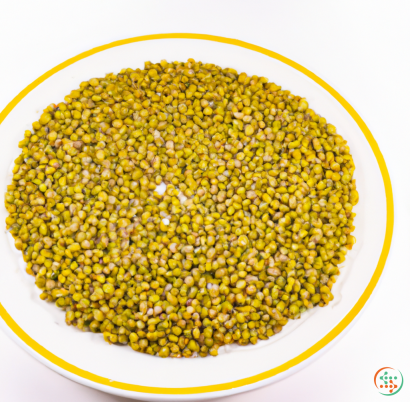Celery
Celery is a well known, yet underestimated, vegetable that is found in many of our diets. It is often thought of as a boring side dish with no nutritional value, but in reality, celery is packed with vitamins and minerals, is low in calories, and is used as a base ingredient in many recipes. Once you understand all the benefits of this underrated vegetable, you’ll be adding it to your grocery list on a regular basis!
What is Celery?
Celery is a highly nutritious vegetable that belongs to the plant family Apiaceae. It is composed mainly of water and fiber, making it a low-calorie food. Celery is a popular ingredient in various dishes because of its mild, grassy flavour and crunchy texture. Available in green and white varieties, its crunchy stalks can be eaten raw, or cooked.
Nutritional Benefits
Celery offers an impressive array of vitamins and minerals, plus fibre. It is high in vitamins A, C, K, and folate; potassium, calcium, and magnesium; as well as antioxidants and polyphenols. It also contains phytonutrients, which are natural compounds found in plants that protect against disease.
In addition to providing vitamins and minerals, celery is rich in fiber. Studies suggest that the fiber content of celery can help support digestive health, lower cholesterol, and regulate blood sugar levels. Additionally, fiber helps keep you full and keeps you feeling satisfied for longer periods of time.
Health Benefits
The rich concentration of vitamins, minerals, and polyphenols makes celery an incredibly healthy vegetable. Studies show that people who eat celery on a regular basis have lower blood pressure, better cholesterol levels, and improved overall heart health.
Celery is also believed to have anti-inflammatory properties, which can help ease joint pain and reduce the risk of arthritis and other conditions. Some studies have even suggested that celery may have cancer-fighting properties and could help slow the progression of tumors.
Finally, celery is packed with antioxidants and polyphenols, which can help protect against oxidative damage. Oxidative damage can cause inflammation as well as cell damage, both of which can lead to age-related diseases.
Cooking with Celery
Now that you know all of the health benefits of celery, let’s talk about how to use it in the kitchen. Celery adds a refreshing crunch to salads and it makes a great addition to veggie trays and party platters. You can also sauté it with other vegetables for a tasty and simple side dish.
In addition to being a healthy snack, celery is a great ingredient for recipes. Many soups and stews call for diced celery, as it adds flavor and texture. Celery also tastes great when paired with cream cheese and herbs, making it a versatile topping for sandwiches, wraps, and crackers.
You can even use celery to make creative and light desserts. Celery sorbet and celery mousse are two amazing ways to end any meal with a sweet, fruity, and healthy treat.
Conclusion
As you can see, celery is much more than just a boring side dish! Packed with vitamins and minerals, this crunchy vegetable is a great addition to any healthy diet. Whether you snack on raw celery sticks, add it to a sandwich, or use it as the base for a soup or stew, celery provides flavor, texture, and a ton of health benefits. If you’re not already adding celery to your meals, now is the time to make this nutrient-rich vegetable a part of your diet!
Celery is one of the most recognizable vegetables, usually seen in both raw and cooked form among many other dishes at dinner tables all around the world. It’s a favorite vegetable for many, as it has a mild yet delicious taste that works in countless recipes. Behind this accessible vegetable lies a complex cultivation, harvesting, and transportation chain – but just how does celery go from a seed to a dinner plate?
In this blog post, we’ll explore the many steps of the celery journey from its earliest days as a seed to its final destination on your dinner plate. We’ll look at the various stages of growth, cultivation, harvesting, and shipping that goes into getting celery to your plate in peak condition – as well as some of the important considerations that need to be taken into account in order to keep celery fresh and tasty until it reaches your plate. So whether you’re a farmer, chef, or consumer, this article will provide useful insights into the fascinating celery journey. Let’s jump right in!
The Journey Begins with a Seed
Before the celery journey can begin, someone needs to plant the seeds. Celery seeds can be purchased as individual packets or pre-mixed packages, depending on the exact variety you wish to grow. While some people may start celery seeds indoors in a special outdoor container, the most successful and economical way to grow celery is to sow the seeds directly in the ground.
The ideal time to sow celery seeds outdoors is between late March and early April, when temperatures begin to warm up and soil temperatures are between 55°F (13°C) and 75°F (24°C). Before sowing, it’s important to make sure the planting site is weed-free and the soil is moist and well-drained. Then, plant the seeds about 1/4 inch (6 mm) deep and ensure the soil is kept moist throughout the germination period.
Growing Celery from a Seed
Once the seeds have been planted, it’ll take about 10 to 14 days for them to germinate. From there, the growing process can begin. Celery is a biennial, meaning it only grows for two seasons before entering a dormant stage, so farmers need to ensure that it has all the resources it needs for up to two years of healthy growth.
To that end, the soil the celery is planted in should be fertile and full of organic matter, with a pH between 6 and 6. 8. For best results, farmers should add mulch or rotted manure around the celery plants to keep the soil moist. Celery grows best in cold weather, so in many climates, farmers will cover their plants with a protective layer of plastic, garden fabric, or straw during the winter months.
Harvesting Celery
After the first of the two growing seasons, the celery stalks can be harvested. Proper harvesting techniques are essential if celery is to remain fresh, as the leaves and stems are highly susceptible to bruising when handled roughly. As such, celery is usually cut rather than pulled from the soil. Once it has been cut, the celery is ready for cleaning and packaging for distribution.
Cleaning and Packaging Celery
When it comes to cleaning and packaging celery, farmers need to ensure that it reaches the buyer in peak condition. To clean the celery, farmers will typically wash off any dirt and rinse the stalks with water. Then, the celery can be stored in a cold storage unit and/or packaged for transport. Many methods exist for packaging celery, such as pre-packaged celery stalks, bunches of celery, or boxes or containers with lid.
Shipping Celery
Once the celery is packed and ready to go, it needs to be shipped to its destination. Celery is a sensitive crop and needs to be kept cool if it is to stay fresh and remain edible during lengthy transportation. Therefore, celery is usually shipped using refrigerated transport containers, which keep the temperature between 33°F (0.5°C) and 38°F (3°C) during the entire journey.
Furthermore, growers need to take extra precautions when shipping celery abroad, as countries have different regulatory requirements when it comes to importing food. Farmers need to make sure the celery meets all relevant import regulations, such as those for pesticide residue, to avoid any potential issues.
Serving Celery
Finally, after a long journey and several weeks of preparation, the celery is ready for serving to a hungry diner. There are many ways to serve celery, ranging from salads made of raw celery to cooked dishes like stews and casseroles.
When serving, it’s important to keep in mind that fresh celery is usually sweeter than older celery stalks and bunches, so the freshest celery will generally taste best. Also, before chopping and cooking celery, make sure to wash it thoroughly and peel the outer strands to remove any dirt and other contaminants, especially when using organic celery.
Conclusion
As you can see, celery takes a long and winding journey from its humble beginnings as a seed to its final destination on your plate. Farmers need to take great care to provide the proper environment in order for celery to thrive and remain fresh. Additionally, extra precautions must be taken to make sure the celery meets import requirements when being shipped overseas.
Fortunately, these extra steps ensure that the celery remains fresh and delicious until it reaches your table. So the next time you eat celery, take a moment to appreciate the journey it took to get to your plate – it shows that food isn’t always fast, easy, and convenient!
| Vitamin A | 0.022 mg | |
| Beta-Carotene | 0.27 mg | |
| Vitamin E | 0.27 mg | |
| Vitamin K | 0.0293 mg | |
| Vitamin C | 0.0031 grams | |
| Vitamin B1 | 0.02 mg | |
| Vitamin B2 | 0.06 mg | |
| Vitamin B3 | 0.32 mg | |
| Vitamin B4 | 0.0061 grams | |
| Vitamin B5 | 0.25 mg | |
| Vitamin B6 | 0.07 mg | |
| Vitamin B9 | 0.036 mg |
| Calcium | 0.04 grams |
Daily Value 1.3 g
|
| Iron | 0.2 mg |
Daily Value 0.018 g
|
| Magnesium | 0.011 grams |
Daily Value 0.4 g
|
| Phosphorus | 0.024 grams |
Daily Value 1.25 g
|
| Potassium | 0.26 grams |
Daily Value 4.7 g
|
| Sodium | 0.08 grams |
Daily Value 2.3 g
|
| Zinc | 0.13 mg |
Daily Value 0.011 g
|
| Copper | 0.04 mg |
Daily Value 0.9 mg
|
| Manganese | 0.1 mg |
Daily Value 0.0023 g
|
| Selenium | 0.4 ug |
Daily Value 0.055 mg
|
| Fluoride | 0.004 mg |
Daily Value 0.004 mg
|
| Tryptophan | 0.009 grams | |
| Threonine | 0.02 grams | |
| Isoleucine | 0.021 grams | |
| Leucine | 0.032 grams | |
| Lysine | 0.027 grams | |
| Methionine | 0.005 grams | |
| Cystine | 0.004 grams | |
| Phenylalanine | 0.02 grams | |
| Tyrosine | 0.009 grams | |
| Valine | 0.027 grams | |
| Arginine | 0.02 grams | |
| Histidine | 0.012 grams | |
| Alanine | 0.023 grams | |
| Aspartic Acid | 0.117 grams | |
| Glutamic Acid | 0.09 grams | |
| Glycine | 0.021 grams | |
| Proline | 0.018 grams | |
| Serine | 0.02 grams |
| Galactose | 0.48 grams |
|
| Glucose | 0.4 grams |
|
| Fructose | 0.37 grams |
|
| Sucrose | 0.08 grams |
|
| Total Sugars | 1.3 grams |
per 100g
|
| Palmitic acid (16:0) | 0.04 grams |
|
| Total Saturated fatty acids: | 0.04 g | |
| Oleic acid (18:1) | 0.03 grams |
|
| Total Monounsaturated fatty acids: | 0.03 g | |
| Linoleic acid (18:2) | 0.08 grams |
|
| Total Polyunsaturated fatty acids: | 0.08 g | |
| Phytosterols | 0.01 grams |
|
| Total Sterols: | 0.01 g | |
